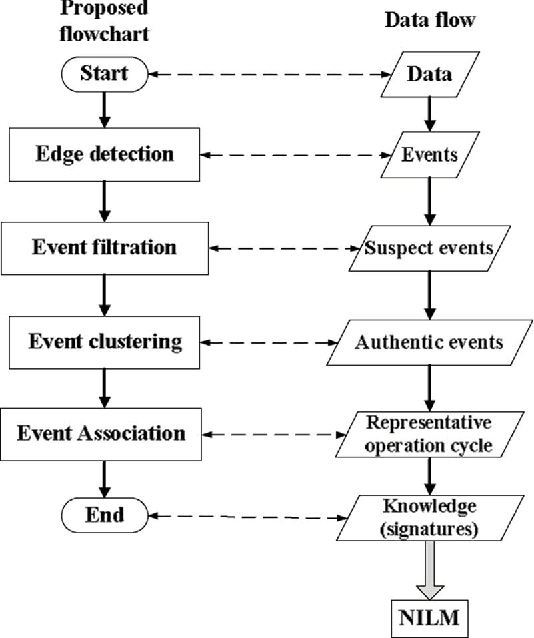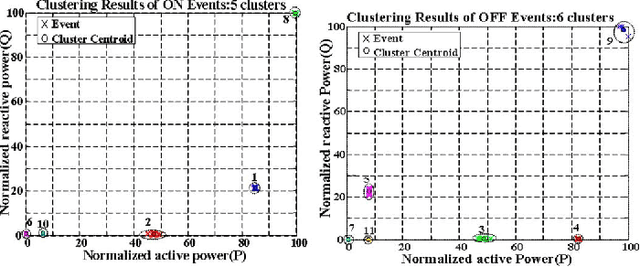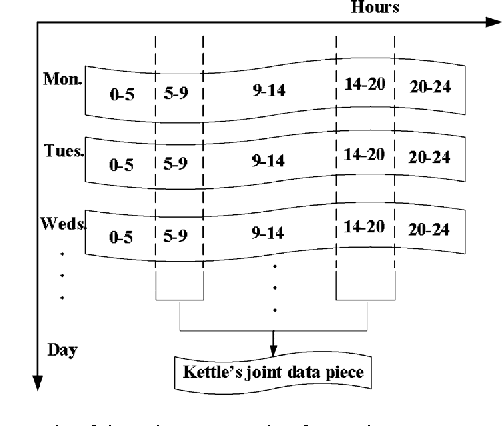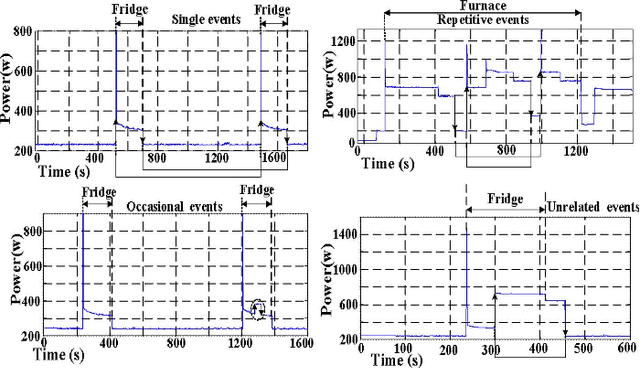C. Y. Chung
A Secure Deep Probabilistic Dynamic Thermal Line Rating Prediction
Nov 21, 2020



Abstract:Accurate short-term prediction of overhead line (OHL) transmission ampacity can directly affect the efficiency of power system operation and planning. Any overestimation of the dynamic thermal line rating (DTLR) can lead to lifetime degradation and failure of OHLs, safety hazards, etc. This paper presents a secure yet sharp probabilistic prediction model for the hour-ahead forecasting of the DTLR. The security of the proposed DTLR limits the frequency of DTLR prediction exceeding the actual DTLR. The model is based on an augmented deep learning architecture that makes use of a wide range of predictors, including historical climatology data and latent variables obtained during DTLR calculation. Furthermore, by introducing a customized cost function, the deep neural network is trained to consider the DTLR security based on the required probability of exceedance while minimizing deviations of the predicted DTLRs from the actual values. The proposed probabilistic DTLR is developed and verified using recorded experimental data. The simulation results validate the superiority of the proposed DTLR compared to state-of-the-art prediction models using well-known evaluation metrics.
Non-Intrusive Signature Extraction for Major Residential Loads
Apr 30, 2018



Abstract:The data collected by smart meters contain a lot of useful information. One potential use of the data is to track the energy consumptions and operating statuses of major home appliances.The results will enable homeowners to make sound decisions on how to save energy and how to participate in demand response programs. This paper presents a new method to breakdown the total power demand measured by a smart meter to those used by individual appliances. A unique feature of the proposed method is that it utilizes diverse signatures associated with the entire operating window of an appliance for identification. As a result, appliances with complicated middle process can be tracked. A novel appliance registration device and scheme is also proposed to automate the creation of appliance signature database and to eliminate the need of massive training before identification. The software and system have been developed and deployed to real houses in order to verify the proposed method.
* 10 pages, 10 figures
 Add to Chrome
Add to Chrome Add to Firefox
Add to Firefox Add to Edge
Add to Edge